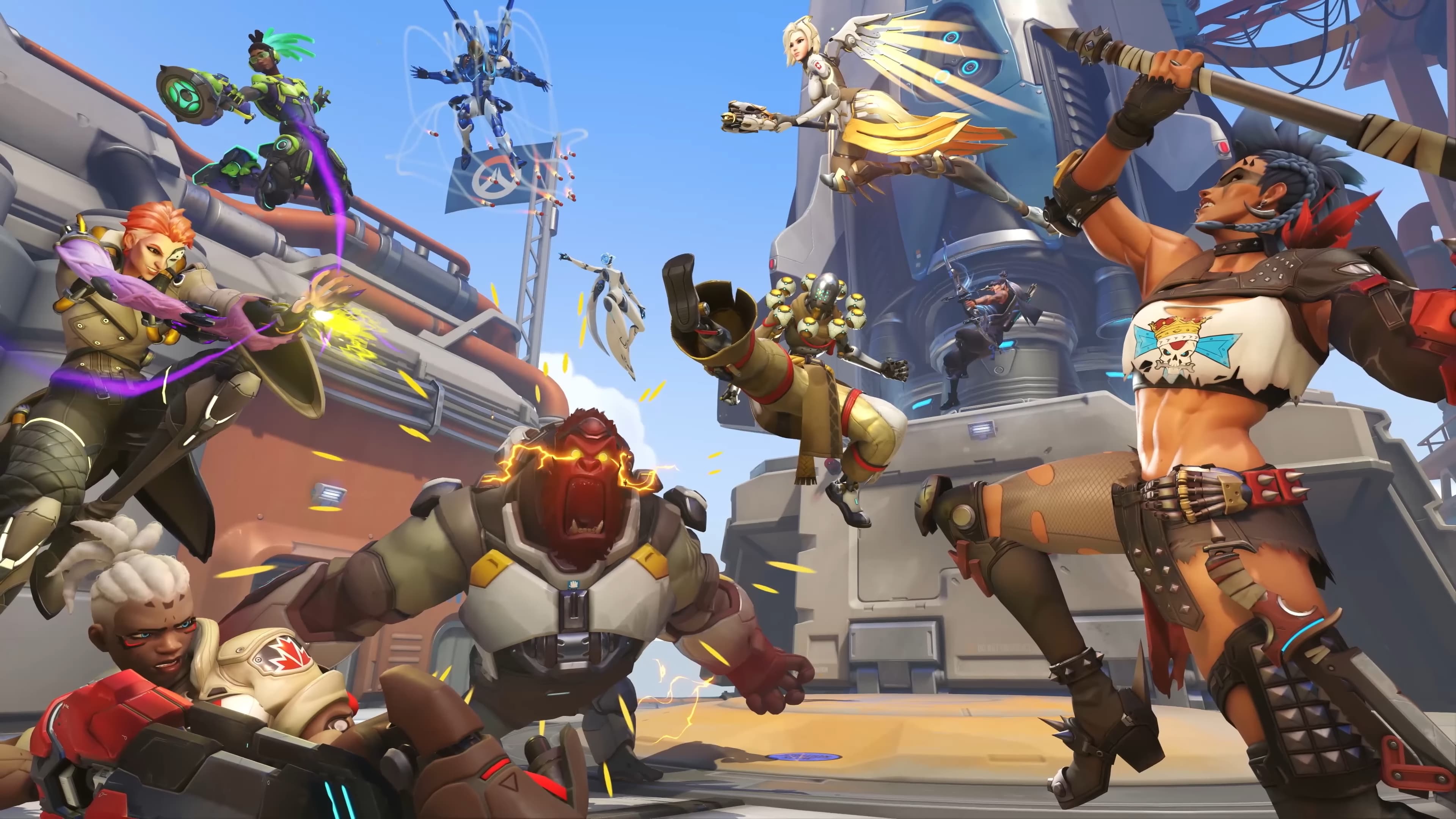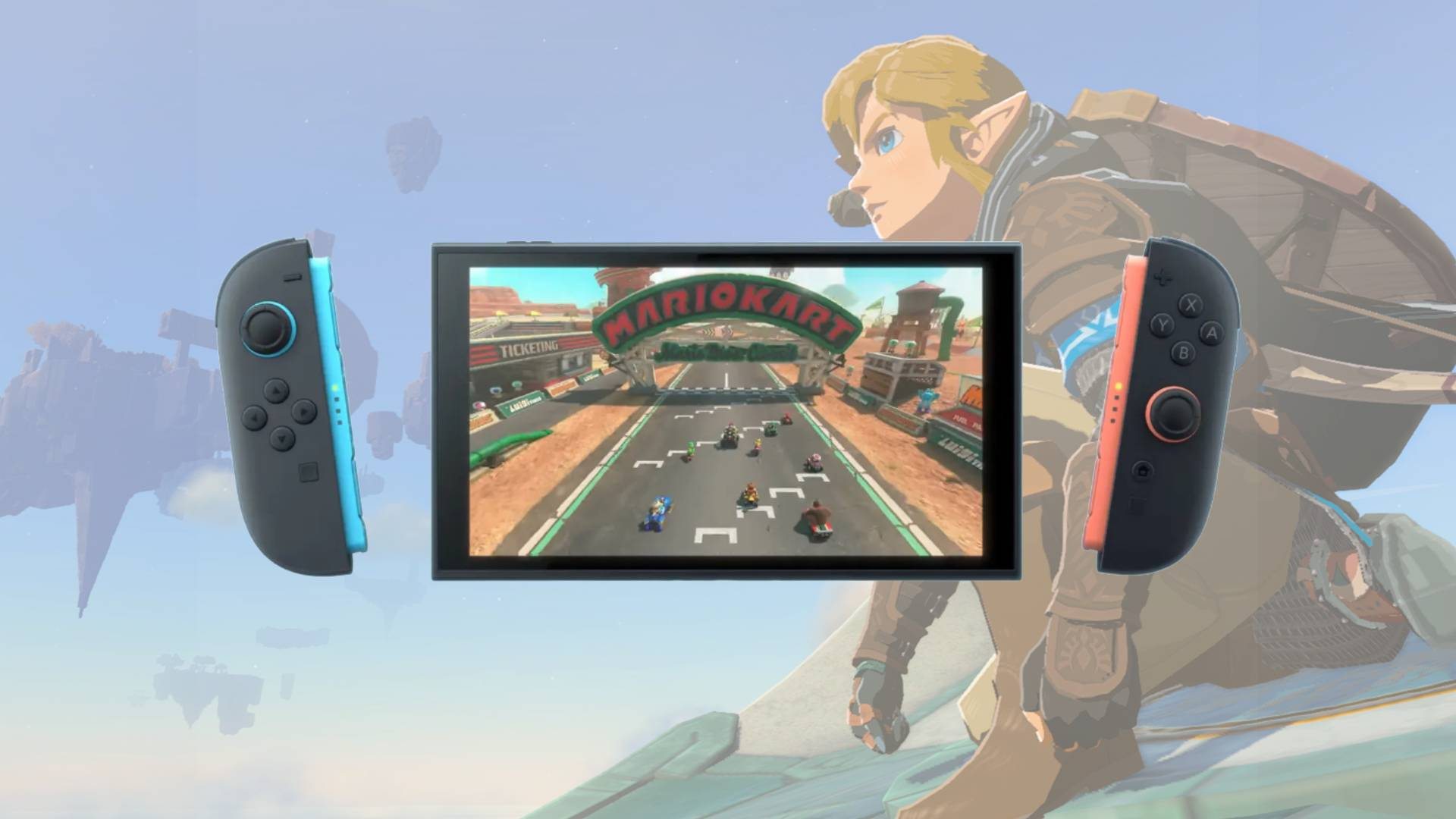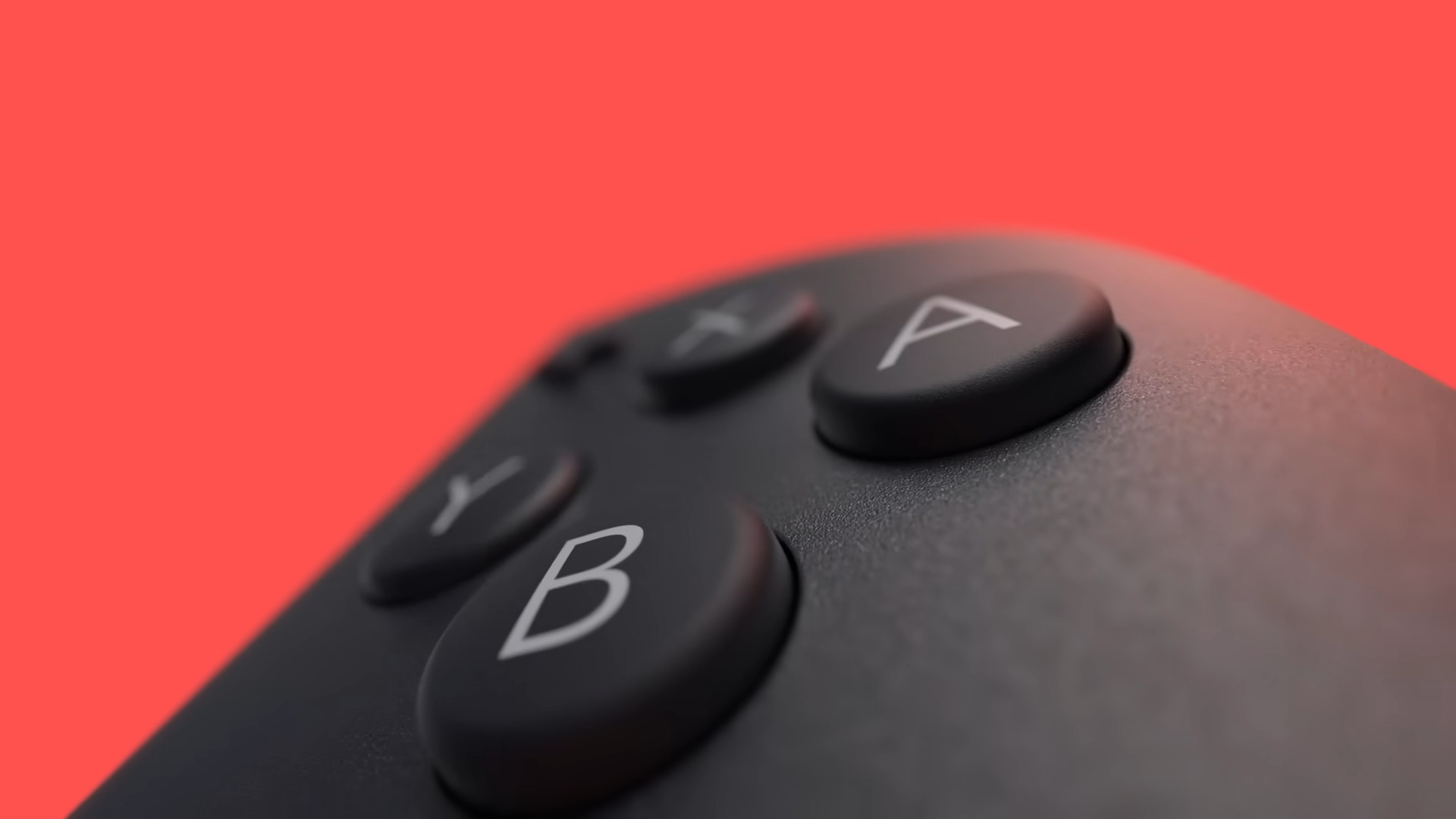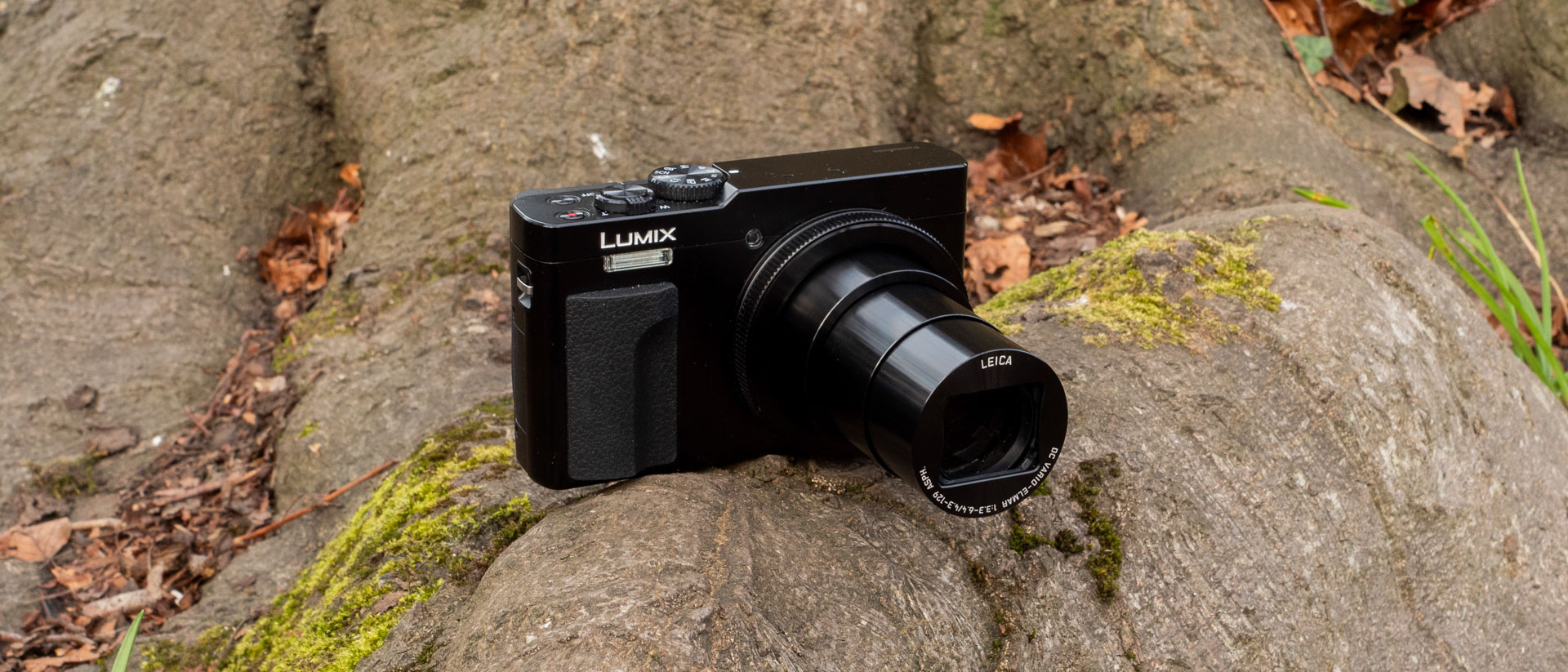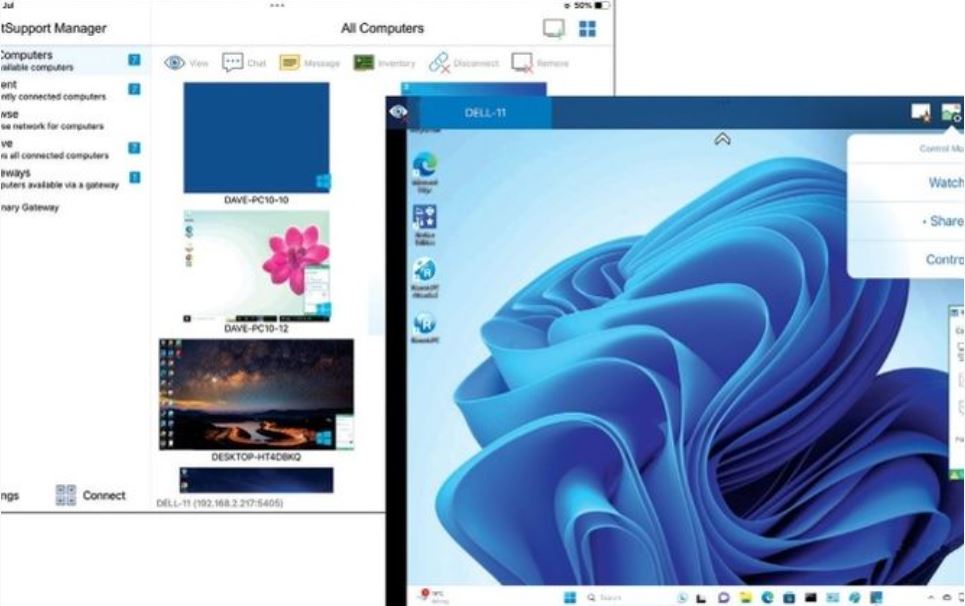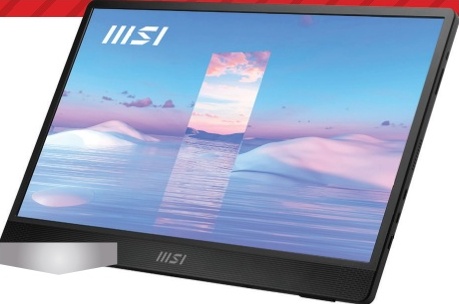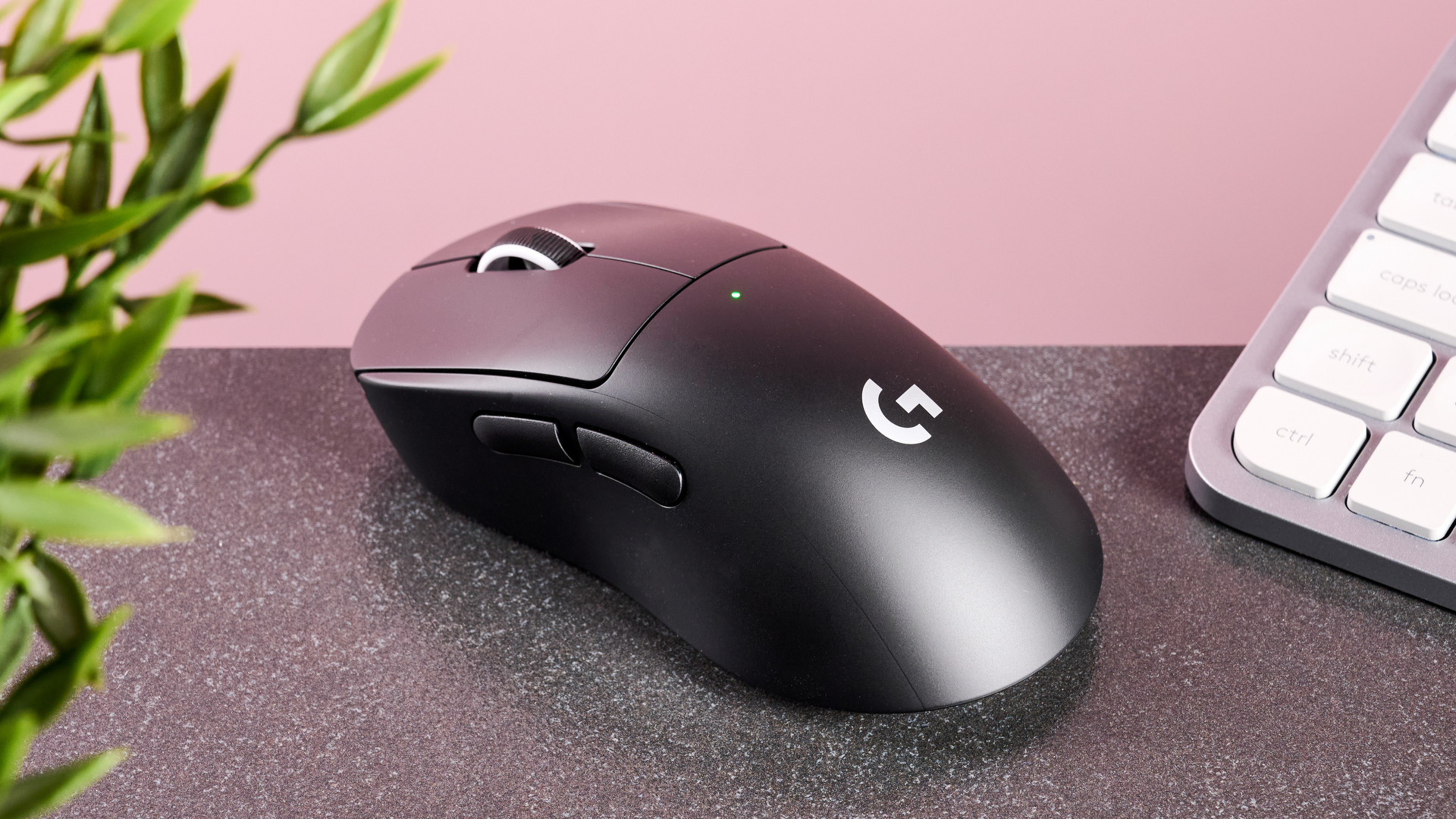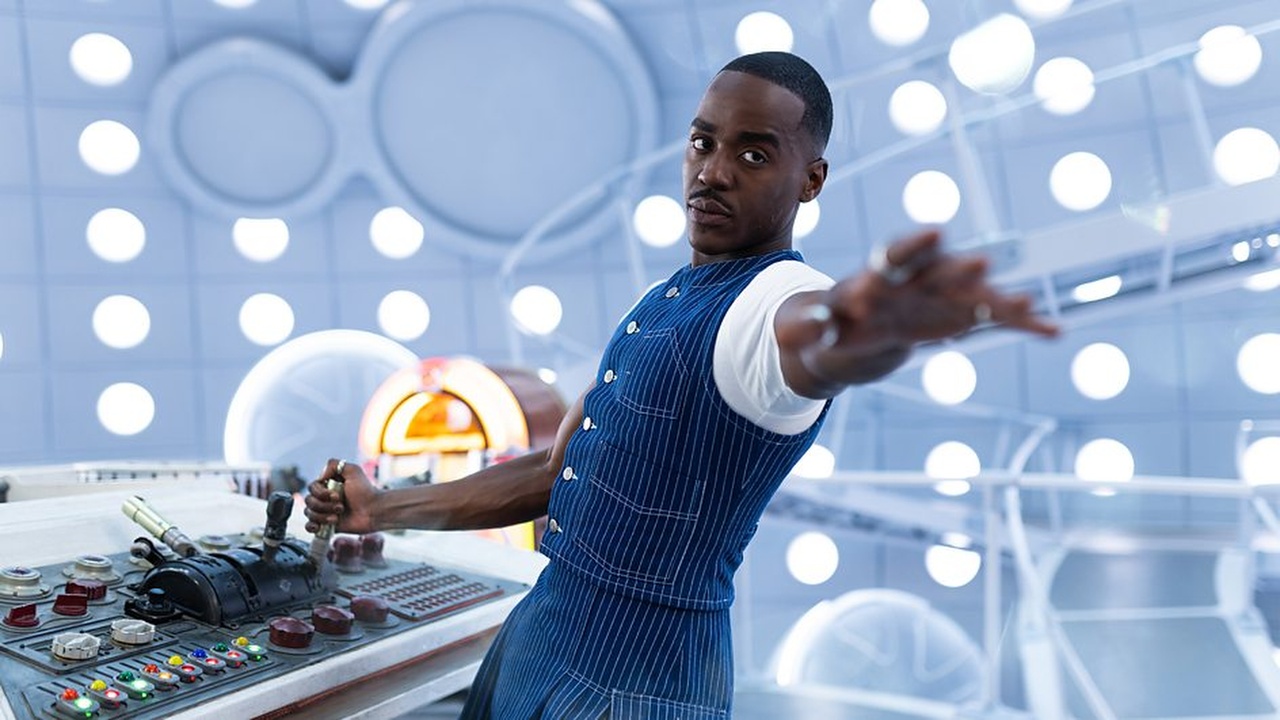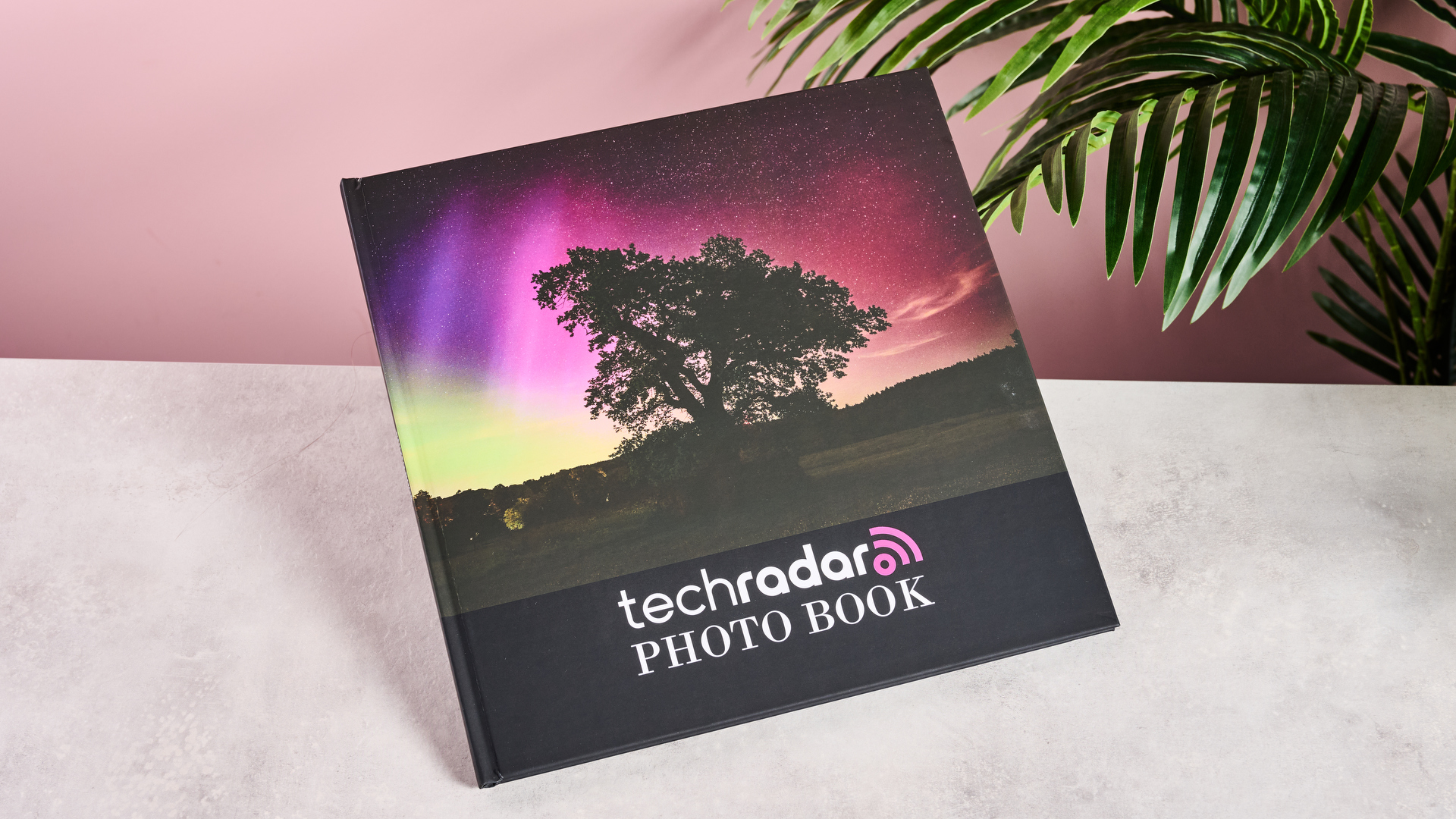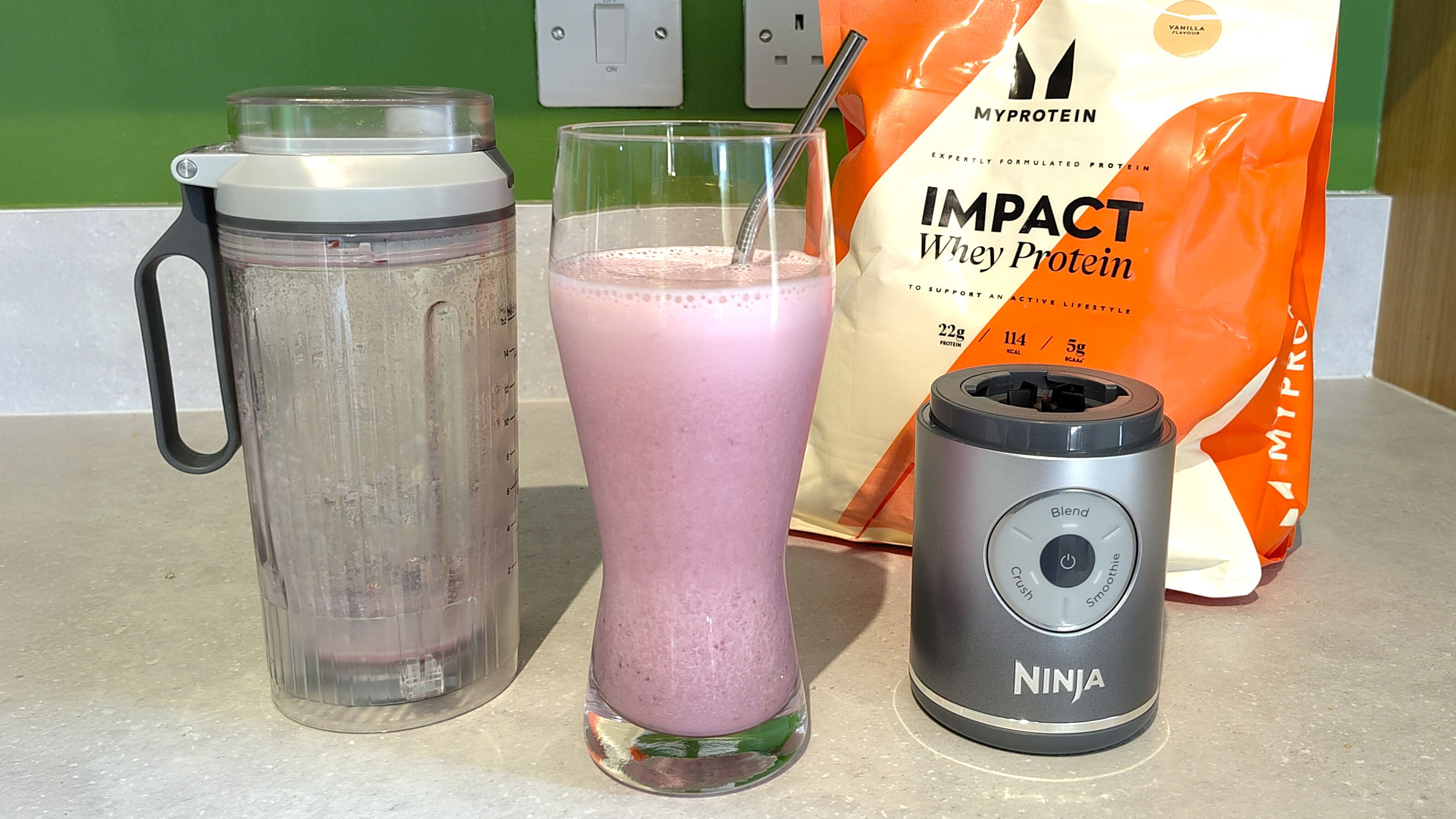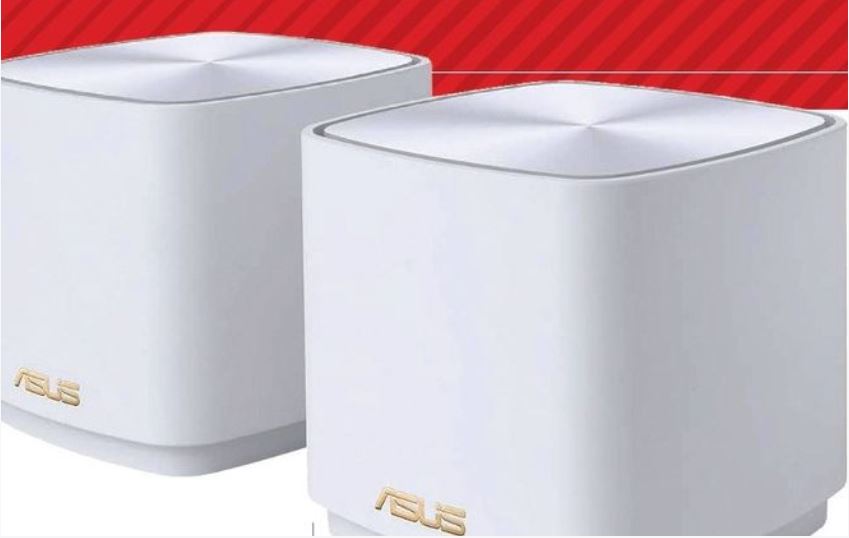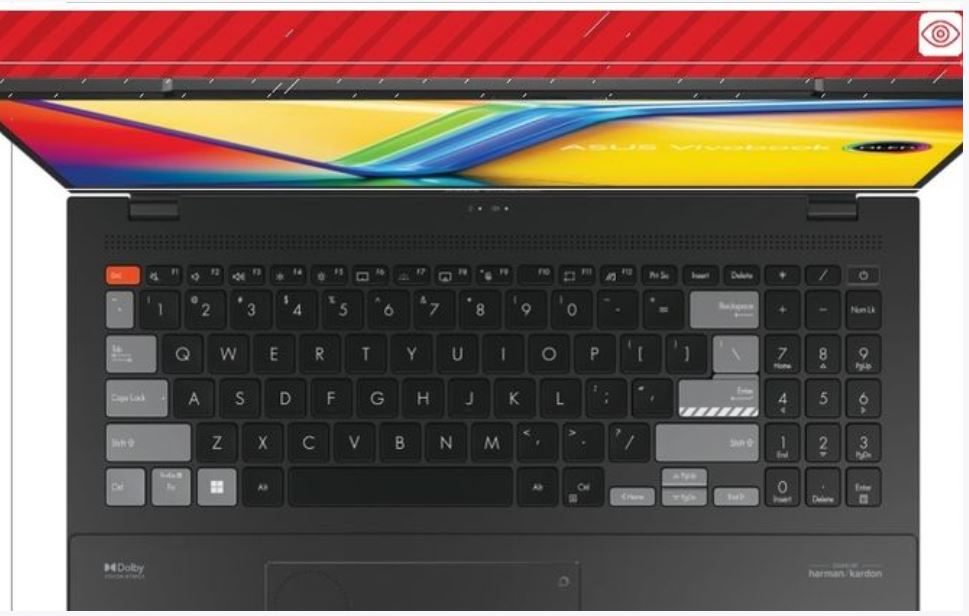TechRadar Verdict
Overwatch 2 isn't quite a sequel, nor is it a patch – but it is brilliant. A whip-smart reinvention of what came before, breathing life into the franchise and reminding us why we loved it in the first place.
Pros
- +
Excellent refinements
- +
Three new heroes
- +
New maps, mode, and graphical boost
Cons
- -
Microtransactions
- -
Doesn't justify the '2'
Why you can trust TechRadar
Time played: 40 hours
Platform: PC
What is Overwatch 2? It changes the game from a 6v6 team shooter to 5v5, it brings new heroes and maps, and other changes you’d expect from a sequel but it also replaces the original Overwatch. That game isn’t made obsolete, it is actually inaccessible with developer Blizzard taking it offline. There's no Overwatch now, only Overwatch 2. It’s why it’s not best described as a ‘sequel’, despite the titular ‘2’. However, it also isn’t a ‘glorified patch’ either, as some have been keen to label it.
Instead, I’ve come to think of it as an ‘overhaul’. An overhaul in design philosophy and structure, Overwatch 2 is a refocusing of what makes this team shooter’s formula unique. This is a second swing at a brilliant premise – an objective-based competitive game with defined RPG roles – that previously began to show stagnation by languishing in stale metas and failing to add new heroes for over two years.
On the surface, Overwatch 2 looks like little more than a lick of paint to many new and returning players, with the only immediately noticeable difference to the gameplay being a switch from 6v6 to 5v5. So, why have I left feeling like this is one of the best competitive shooters of all time?
Overwatch 2 price and release date
- What is it? An overhaul to Blizzard's beloved competitive shooter
- Release date: October 4, 2022
- Price: Free-to-play
- What can I play it on? PC, PS5, PS4, XSX|S, Xbox One, and Nintendo Switch
Tank you very much
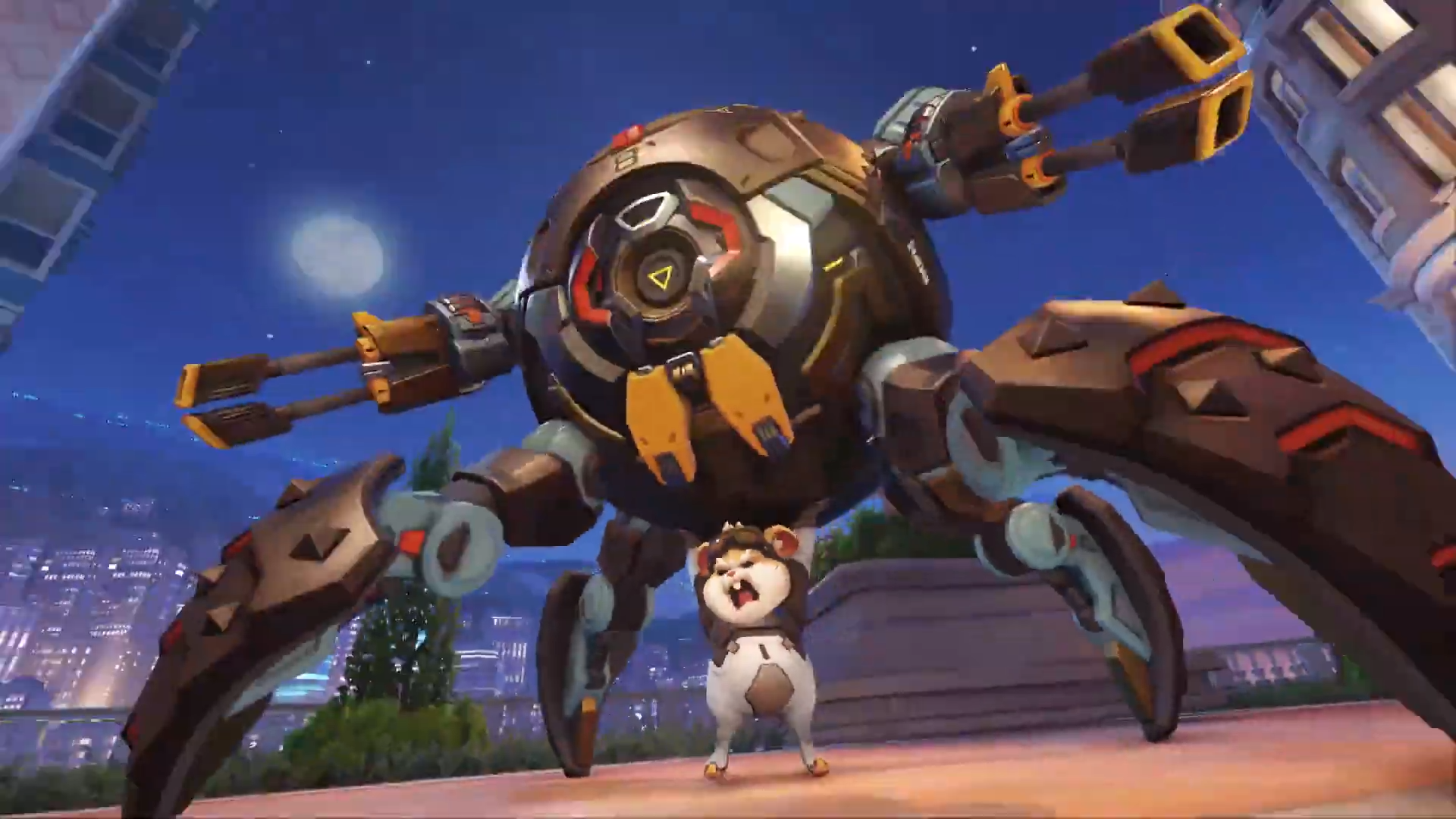
That shift to 5v5 may not sound like much, but it’s a quietly brilliant choice. Tanks have always been one of the most important roles, but being the sponge for all the enemy damage and abilities was a thankless task, making it one of the least queued for roles. By removing a Tank, Blizzard has made battles more free-flowing and ferocious. It helps that characters in the role have been souped up to compensate for the loss of one beefcake on the battlefield. As a Tank, you can now command the combat space in a more proactive way, making for a much more fun time.
The developers have also taken an uncompromising look at the role of ‘crowd control’ in the game. In Overwatch, there is a whole suite of abilities, such as Mei’s freeze, Cassidy and Brigitte’s stun, Sombra’s hack, and others that temporarily limit your ability to control your character. In Overwatch 2, all of these abilities have either been replaced or heavily nerfed, meaning that there’s less that disrupts your moment-to-moment experience.
Both the Tank and crowd control changes address problems later in Overwatch’s life. If you haven’t played in a couple of years, you may not realize how bogged down the game got in shields and abilities. Crowd control became a way of life in Overwatch. It felt like every other moment in a match, an enemy’s abilities were impeding you. They were powerful tools but it meant that much of your time felt like you were dealing with ability rotations rather than getting eliminations. It’s a negative space to sit in as a player. Overwatch 2 is a night and day change for those familiar with stagnant metas that have plagued the first game over the last few years.
Making an impact
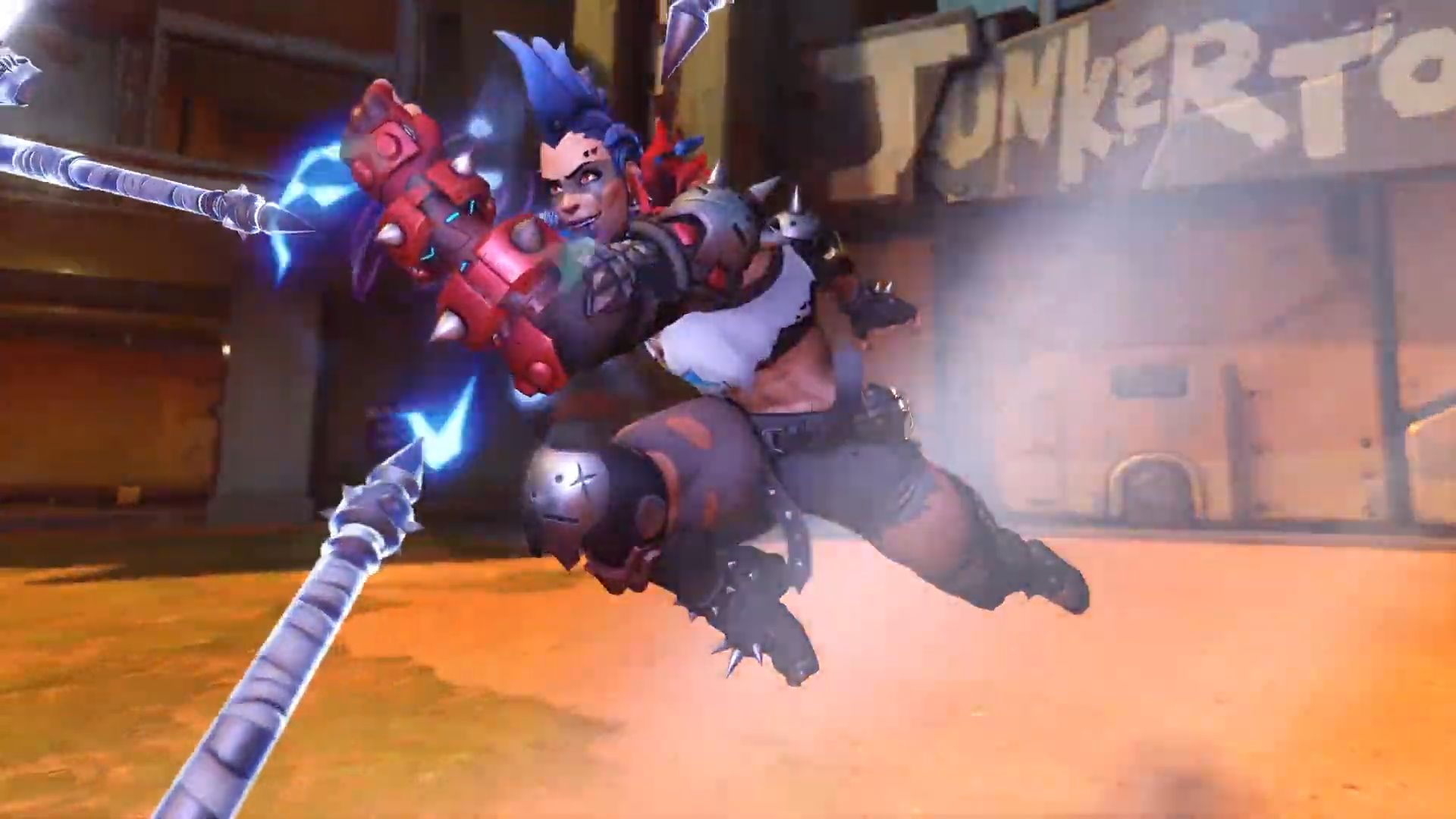
These changes knit together and solve a serious problem with the original: it was all too common to find you were on a team that refused to work together, making it impossible to win. Overwatch 2 changes that.
With one fewer player on a team, a kill has more value, so you can have a greater impact on a match with your own individual play. There are no longer two tanks on the enemy frontline either, so there’s less in the way of you inflicting damage. It makes battle feel more open, with a bigger focus on confirming eliminations. A well-thought-out play, skilfully executed feels possible again.
There’s a feeling of individual empowerment underneath Overwatch 2 that makes for a much richer experience. While playing in a team, I can see how my play is helping the whole team get closer to a win. While these moments of solo brilliance were possible previously, in Overwatch 2, you now have the power to make them happen more frequently.
The world could always use more heroes
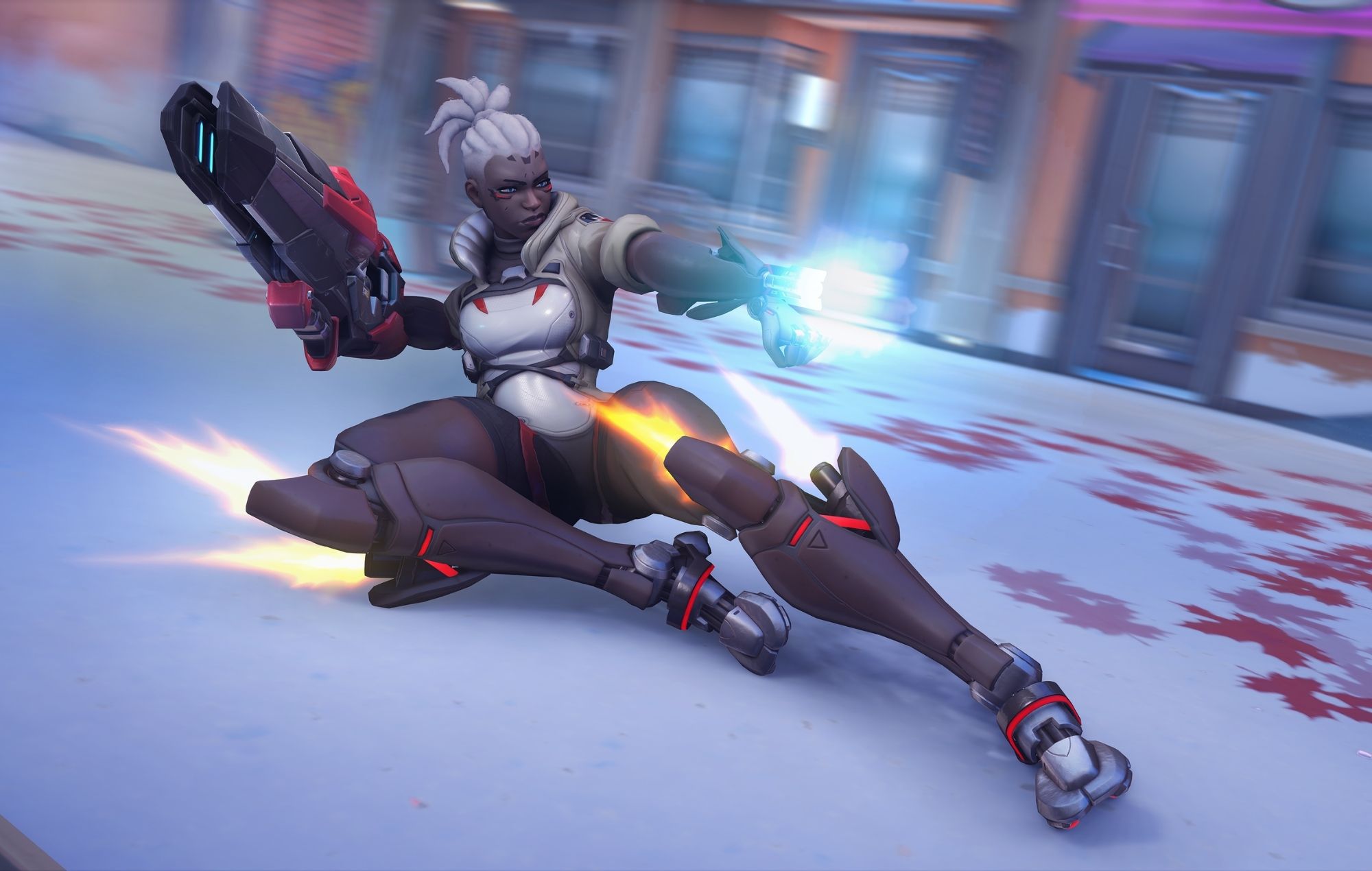
Not all of the changes to Overwatch 2 are under-the-hood shifts though. At launch, there are three new characters to contend with - one for each of the three roles. Sojourn, the DPS hero, is a highly mobile gunner that can fire off head-splitting railgun shots when she’s charged up. Junker Queen, the Tank addition, is a loud brawler all about getting into enemy faces to sustain her health. Newest hero Kiriko is a fascinating Support too. While she doesn't have immense instant healing, she has surprising lethality and skill shots that make her tough to master but exceptional in the right hands.
Each hero brings something new to the roster, but all are distinctly Overwatch. They are intricate creations that serve jobs on the battlefield. However, most importantly, they’re all a blast to play.
Overwatch 2 is a night and day change for those familiar with stagnant metas that have plagued the first game over the last few years.
As Sojourn it’s not uncommon to slide around the corner at the start of a fight, build up her railgun shot, and then blast through a hero to open up a team fight. As Junker Queen, there've been times when I’ve fought through an enemy team to get behind them, only to turn around and use her Rampage Ultimate, pushing them back into my team for the clean-up. Kiriko has awesome clutch potential too. It's not uncommon to see a teammate getting dove on by the enemy, to then teleport through a wall, grant your ally invulnerability, and use her Kunai to slay the incoming attacker. Each of these three heroes feels very active and speak to that individual ‘pop-off’ factor that makes Overwatch 2’s battles feel so much better.
Push it real good
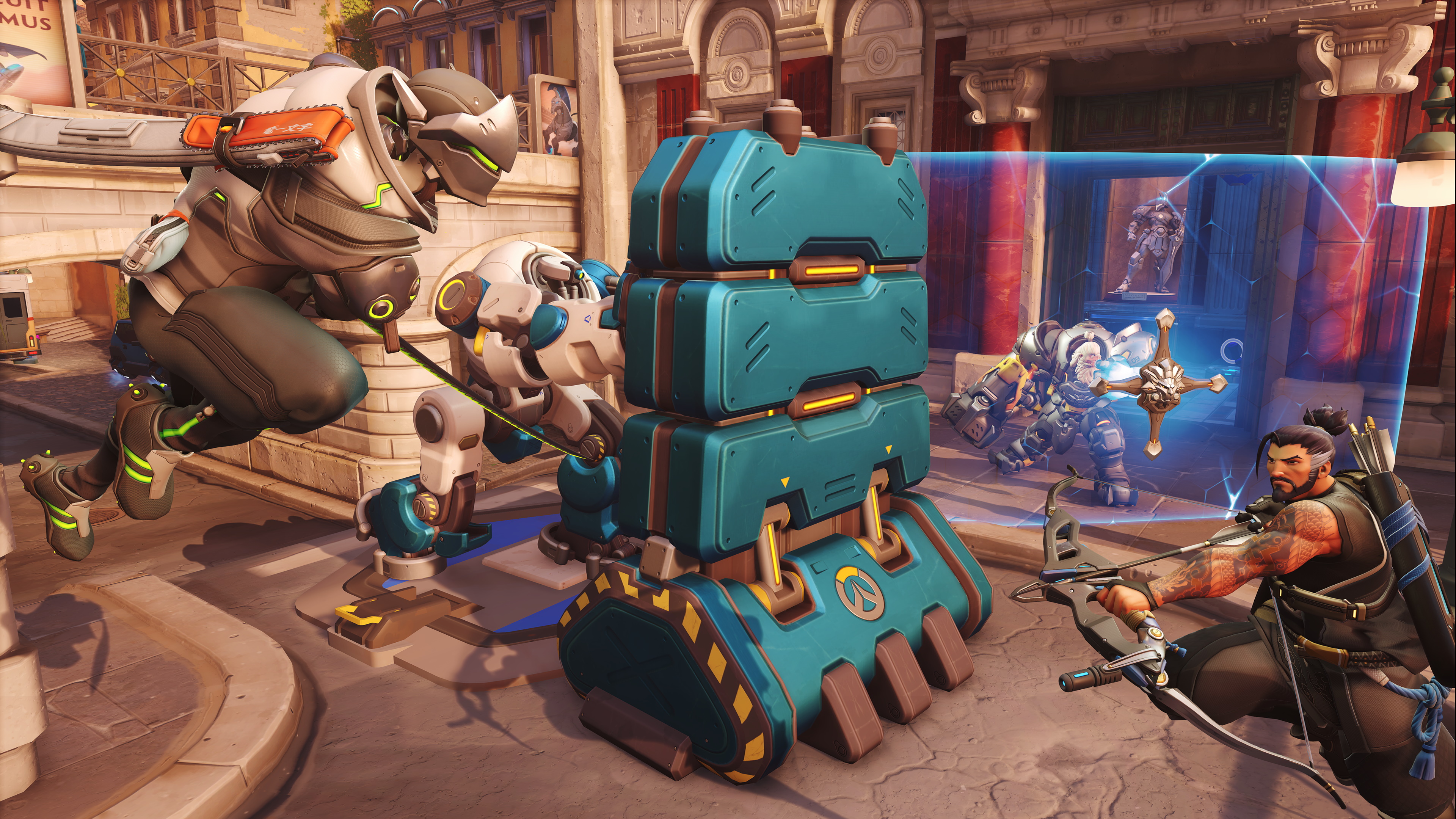
On top of the heroes, the game is releasing six new maps, and losing Assault (more commonly referred to as 2 check-point maps). These had previously been hard to balance and have issues with snowballing or very long holds. In its place comes the new mode Push, which has teams using a robot in an inverse Tug of War-type fashion.
Push is different from anything in the game’s history. It encourages very open play with maps designed around open sightlines and battles focused around an objective that is constantly on the move. But again, with the enhanced focus on individual impact, this mode really lets that core tenant of Overwatch 2 shine bright.
All six of the new maps are beautiful too, with Midtown being a personal favorite. Set in New York, it has players fighting through the streets as they try to escort a fire engine into a massive Grand Central-esque train station. Other highlights include Circuit Royale which has players escorting an F1 car around Monaco at night with bright lights and lavish decor, whereas Esperança is a winding map with many levels set in a quaint coastal town in Portugal complete with quiet bakeries and open plazas. The new maps are easily the most detailed and striking looking in the game’s history with Blizzard’s art team doing some of their best work.
The price you pay
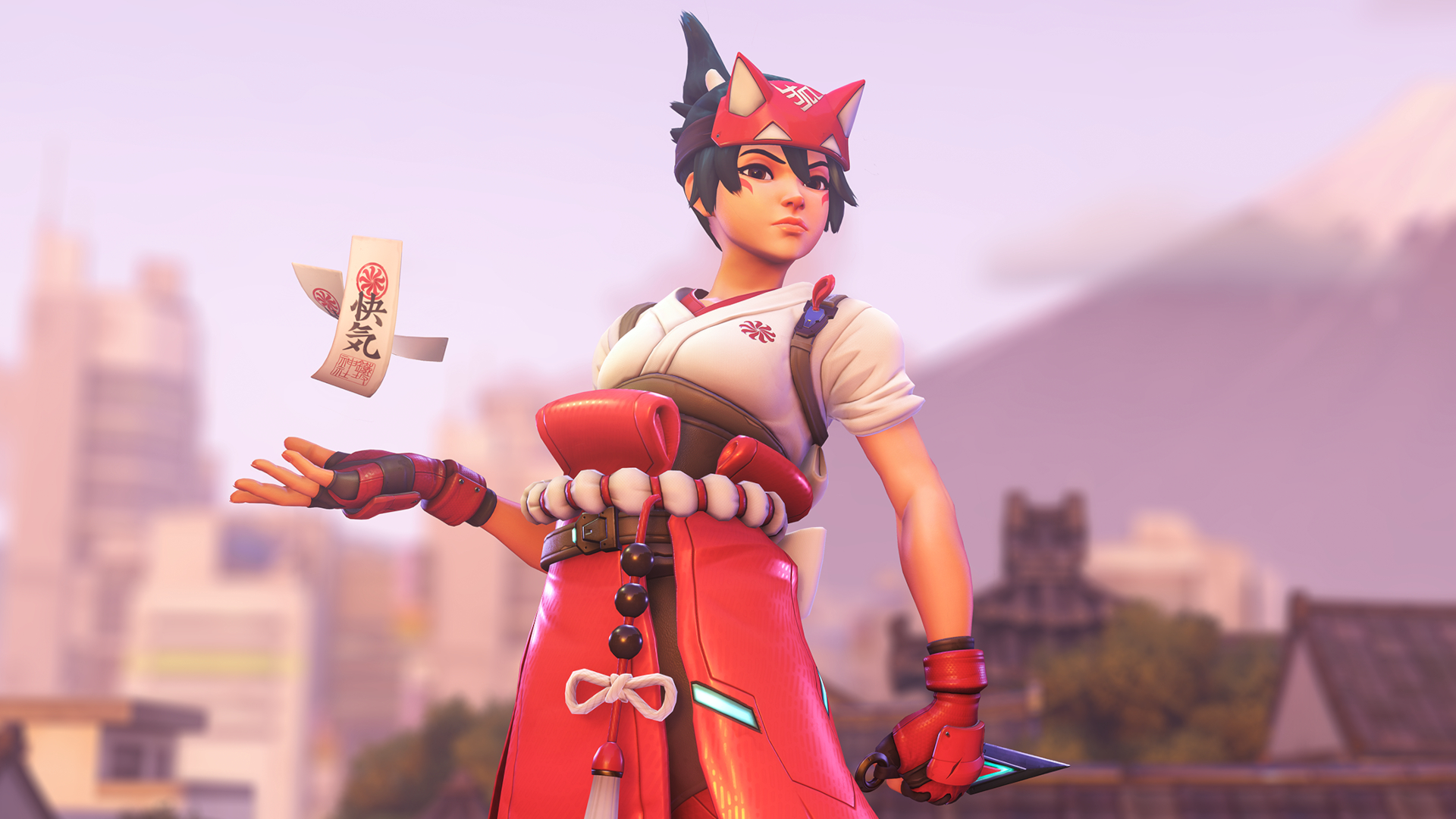
Where Overwatch 2 is in danger of losing certain players is a headlong sprint into the game-as-a-service model.
Overwatch came out as service games were really taking off, and its lootbox system, which was controversial at the time, is almost quaint in the face of the microtransaction-laden landscape of 2022. Blizzard has embraced free-to-play with Overwatch 2. It now has a battle pass and a premium currency for skins. You won’t find anything here that isn’t also happening in Apex Legends, Fortnite, Warzone, Valorant, or Rainbow 6 Siege, but understandably some players may hate this new direction.
The positive of this model though, which will see a new season every nine weeks with a new hero or map, is it gives Overwatch 2 the sense of having a future – and more than that, something to stick to. For two years now, Overwatch hasn’t had a single major content update. No new heroes, modes, or maps, and the game stagnated without them. This free-to-play model is how Blizzard plans to continue support for Overwatch 2, a promise that it won’t let the game grow stale. It's now a case of whether that promise is kept.
Getting Over
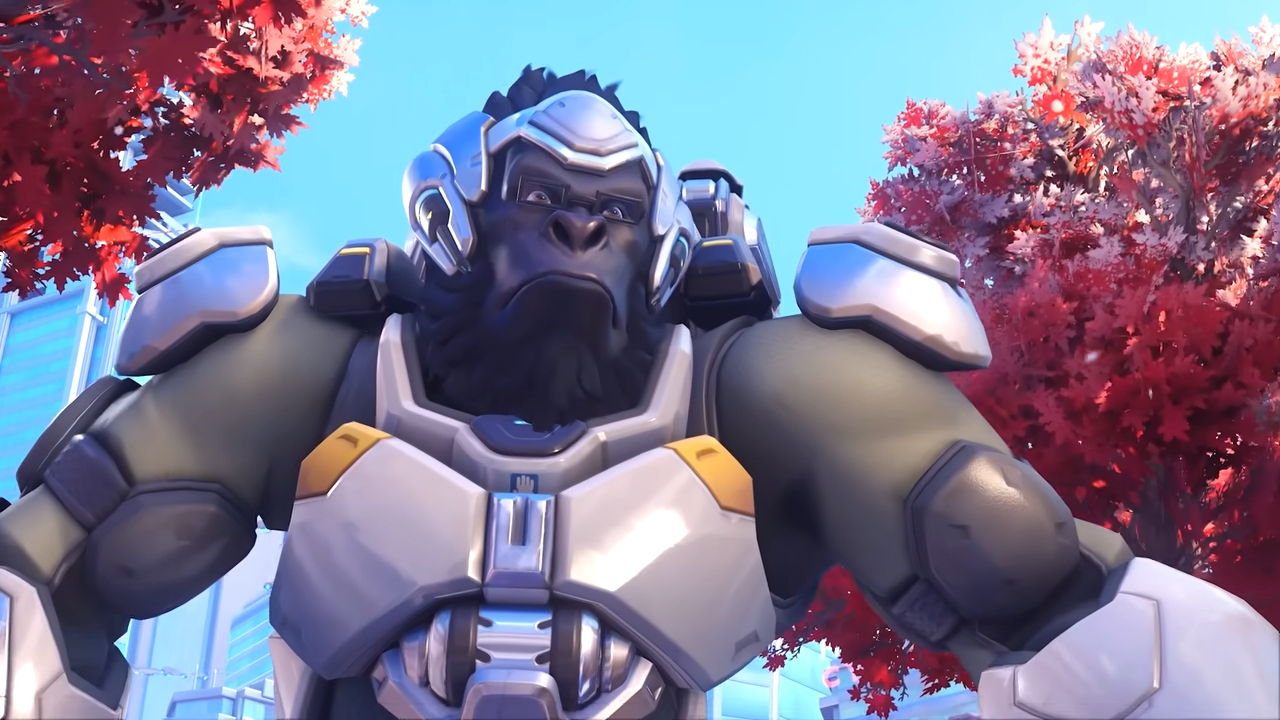
Overwatch 2 is a strange beast, it’s not a sequel, it’s not a patch, it’s a reinvention. There’s a lot of change to core pillars here. You may not like the loss of a second tank. You may not love its new shooting focus. You may hate its new monetization.
However, while playing, I can’t help but remember why I fell in love with the original. Its sense of hope, driven by the art direction and character work, as well as a unique competitive experience. Overwatch 2 has captured everything I loved about the first game, without all the caveats that ended up weighing down the experience.
“What is Overwatch 2?” Well, it’s brilliant.

Patrick Dane is TechRadar Gaming's Guides Editor. With nearly a decade in the games press, he's been a consistent voice in the industry. He's written for a plethora of major publications and travelled the world doing it. He also has a deep passion for games as a service and their potential to tell evolving stories. To wit, he has over 2000 hours in Destiny 2, over 1000 in Overwatch and is now deeply into Valorant.
